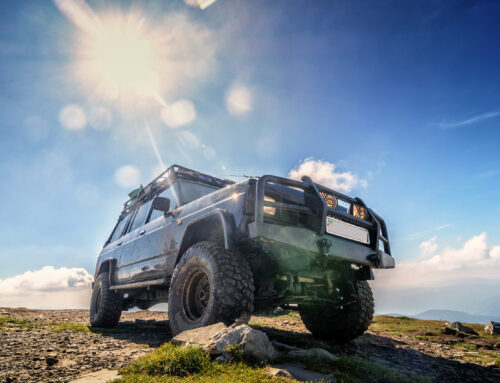How Ford 1988 Aerostar Engine Pivot Helped Set the Standard for Minivan Utility
In the 1980s, minivans were the new frontier. Families were trading their station wagons for something more spacious, flexible, and comfortable. Automakers scrambled to offer their take on the ultimate people mover, and in 1986, Ford joined the race with a van that played by its own rules: the Aerostar. By 1988, Ford made a pivotal change that would influence the way people viewed minivan power; it standardized the 3.0-liter Vulcan V6 across the Aerostar lineup.
At first glance, that may not sound like a radical move, but in the engine-happy 1980s, trimming down the options was a strategic shift with lasting impact. Here’s how and why it happened, and why today’s car buyers still benefit from this kind of clarity.
A Minivan That Thought Like a Truck
When the Aerostar launched in 1986, it was a different breed from its front-wheel-drive rivals like the Chrysler Voyager or Dodge Caravan. Ford built the Aerostar on a rear-wheel-drive chassis with a clear nod to its Ranger and Bronco II siblings. It could tow, haul, and navigate bad weather with confidence.
And it had choices under the hood. Buyers could select:
- A 2.3-liter four-cylinder for fuel economy
- A Mazda-designed 2.8-liter V6 for a modest bump in power
- Or, beginning later that year, a 3.0-liter Vulcan V6 that added both torque and reliability
buyers overwhelmingly wanted the VulcanWhy Ford Chose the VulcanHemmings Motor News
- Production efficiency: One engine meant fewer assembly variations and more consistency on the line
- Dealer service simplification: Service departments only needed to stock parts for one engine
- Customer trust: Buyers no longer had to navigate engine options or wonder if they were underpowered
A Move That Predicted Modern Thinking manufacturers now focus on standardizing powerful, reliable base enginesWhat the 1988 Aerostar Tells Us About Today’s BuyerFinal Thoughts: Less Can Be MoreSources:
- Ford Heritage Vault (Aerostar product brochures and spec sheets, 1986-1988)
- Hemmings Motor News, “The 3.0L Vulcan: Ford Ironclad V6”
- Mark McClellan,Ford Minivans: From Aerostar to Windstar, SAE Publications, 2002




